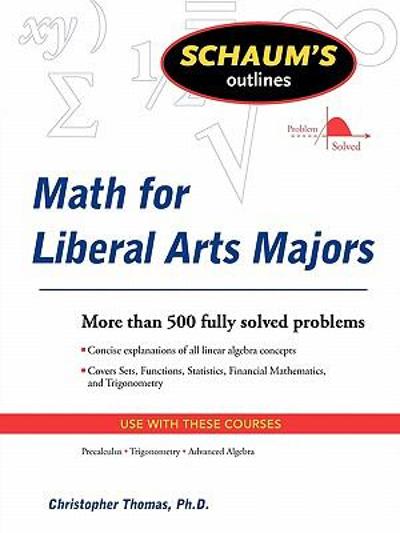Question
Type I and Type II errors Balancing the Risks of Errors in Hypothesis Testing The U.S. FDA is responsible for approving new drugs. Many consumer
Type I and Type II errors Balancing the Risks of Errors in Hypothesis Testing The U.S. FDA is responsible for approving new drugs. Many consumer groups feel that the approval process is too easy and, therefore, too many drugs are approved that are later found to be unsafe. On the other hand, a number of industry lobbyists have pushed for a more lenient approval process so that pharmaceutical companies can get new drugs approved more easily and quickly. This is from an article in the Wall Street Journal. Consider a null hypothesis that a new, unapproved drug is unsafe and an alternative hypothesis that a new, unapproved drug is safe. a) Explain the risks of committing a Type 1 or Type 2 error. b) Which type of error is the consumer group trying to avoid? c) Which type of error is the industry lobbyists trying to avoid? d) How would it be possible to lower the chances of both Type 1 and 2 errors? Think about the recent vaccinations developed for Covid in record time. Do you recall reading about the items above and are they important? Six Sigmas Many of you will have heard of Six Sigma management. What you may not realize is that the etymology of the term Six Sigma is rooted in statistics. As you should have seen by now, statisticians use the Greek letter sigma () to denote a standard deviation. So when these Six Sigma people start talking about "six sigma processes," what they mean is that they want to have processes where there are (at least) six standard deviations between the mean and what would be determined to be a failure. For example, you may be examining the output of a factory that makes airline grade aluminum. The average tensile strength of each piece is 65 ksi, and you view a particular output as a failure if the tensile strength is anything less than 64 ksi. If the standard deviation is less than .166, then the process is six sigma. The odds of a failure within a six sigma process are 3.4 in a million, which corresponds to the 99.9997% confidence level. When we are doing statistics, we usually use the 95% confidence level, which is roughly 2 sigmas. In the case of the tensile strength of airline grade aluminum, 6 sigmas is probably a good level to be atcatastrophic failure on an airplane could open you up to lawsuits worth billions of dollars. But there are some other processes that you probably don't need to be so certain about getting acceptable products from. Give some examples from your own business life of random processes that are likely to be normally distributed, and say how many sigmas you think the process should be at. Analysis of Variance (ANOVA) at the Workplace Web site: http://www.statisticshowto.com/anova/ Case scenario. At the workplace, you are the research team leader. The Boss wants your team to conduct a study with three or more groups to solve a problem. Since there are many workplace problems, you must select the problem for the study. In six-sentences or more, describe the study with three or more groups. In the discussion, include information for the following questions: What is the problem and why? What would be the treatment/experimental groups and what would be the control group? What would be the Independent variable and the dependent variable for the study and why? What would be the null and alternative hypotheses for the study? What would be the alpha level and why?
Step by Step Solution
There are 3 Steps involved in it
Step: 1

Get Instant Access to Expert-Tailored Solutions
See step-by-step solutions with expert insights and AI powered tools for academic success
Step: 2

Step: 3

Ace Your Homework with AI
Get the answers you need in no time with our AI-driven, step-by-step assistance
Get Started


